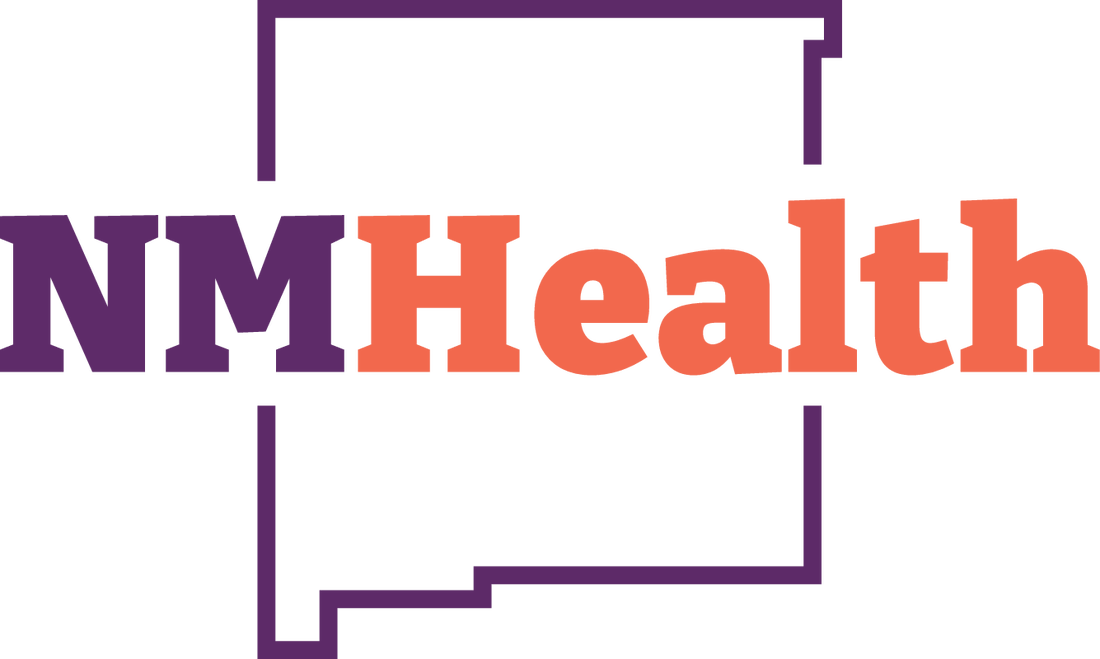Data Modernization
This website is meant for use by providers, including professionals and hospitals, who wish to comply with and participate in the Meaningful Use Programs. Since 2017, the meaningful use program has also been known as Promoting Interoperability Programs. Please continue reading for general information concerning meaningful use requirements and details on meaningful use for Immunization Registries Reporting, Electronic Laboratory Reporting, Electronic Case Reporting and Syndromic Surveillance Reporting.
NOTICE: Acquisition of documentation for attesting Public Health & Clinical Exchange measures for Promoting Interoperability (formerly Meaningful Use) to New Mexico Human Services Department has changed. The current method of acquiring documentation is to submit a request via email to the respective program, please contact Electronic Laboratory Reporting at doh-elr-onboard@doh.nm.gov or Syndromic Surveillance Reporting at their syndromic.surveillance@doh.nm.gov address.
History
Beginning in 2009, federal legislation created a critical national goal: the meaningful use of interoperable Electronic Health Records (EHR) throughout the United States health care delivery system. Meaningful use is the use of Certified Electronic Health Record Technology (CEHRT) in a meaningful manner that provides for the electronic exchange of health information to improve the quality of care.
Meaningful use legislation has moved through three stages and includes an incentive program. 2015 Final Rule Stage 3 Meaningful Use Criteria sets out the structure for attesting Meaningful Use. In 2018 Centers for Medicare and Medicaid Services renamed the EHR Incentive Programs as the Promoting Interoperability Programs.
Current State
Public health and clinical data exchange require eligible providers (professionals, hospitals, and critical access hospitals treating Medicare and Medicaid patients) to attest on the measures below. Hospitals and critical access hospitals must attest to at least four measures from 1 through 6. Professionals must attest to at least two measures 1 through 5.
- Immunization Registries Reporting
- Electronic Case Reporting
- Public Health Registry Reporting — Not Available in New Mexico
- Clinical Data Registry Reporting — Not Available in New Mexico
- Syndromic Surveillance Reporting
- Electronic Laboratory Reporting — Hospitals Only
Please note that Public Health Registry Reporting and Clinical Data Registry Reporting are not available in New Mexico. Providers can receive exclusions from these requirements for several reasons, including operating in a jurisdiction where registries or reporting are not available.
Please read the Stage 2 Meaningful Use Fact Sheet document to learn more.
Public Health and Clinical Data Exchange Reporting
See the chart below for program reporting availability in New Mexico for different providers.
| Reporting Type | Professional Provider | Hospitals and Critical Access Hospitals |
|---|---|---|
| Immunization Registries Reporting | Yes | Yes |
| Electronic Case Reporting (eCR) | Yes | Yes |
| Public Health Registry Reporting | No | No |
| Clinical Data Registry Reporting | No | No |
| Syndromic Surveillance Reporting | No (Unless Already Reporting) | Yes |
| Electronic Lab Reporting (ELR) | No | Yes |
The CMS final rule for changes to the Medicare Promoting Interoperability Program, requires the Electronic Case Reporting measure associated with the Public Health and Clinical Data Exchange Objective for eligible hospitals and critical access hospitals (CAHs), to take effect on January 1, 2022
For details on how to attest, please visit the New Mexico Human Services Meaningful Use website.
Immunization Registries Reporting (New Mexico Statewide Immunization Information System – NMSIIS)
Each year, approximately 28,000 children are born in New Mexico. Every one of these children will need 18-22 immunizations by age six to protect them from debilitating, life threatening diseases. New vaccines are quickly becoming available, resulting in a complex childhood immunization schedule for a large population. Keeping track of immunizations can be challenging for health care professionals.
Keeping track of families is another challenge for health care professionals. The average family relocates multiple times over the course of a lifetime, frequently leaving medical records and valuable immunization information behind. As many as 25% of children visit two or more providers for immunizations before their third birthday.
In response to these challenges, New Mexico utilizes the New Mexico Statewide Immunization Information System (NMSIIS) as a statewide registry that tracks and records immunizations, generates immunization history and recommendations, and maintains detailed patients records throughout the state. NMSIIS is a confidential and secure computer database designed to collect and maintain vaccination records of children and adults. Utilization of the IIS promotes cost effective and efficient disease prevention, which leads to better health for New Mexicans.
Please explore the NMSIIS section of our site to access the information that you are looking for as a provider, school nurse, parent, or patient. For interoperability information, please visit our site here: Data Exchange
Electronic Laboratory Reporting
To fulfill the Electronic Reportable Laboratory Test Reporting requirement of Promoting Interoperability (Meaningful Use) Programs, eligible hospitals and laboratories must fulfill the reporting requirements of New Mexico law through HL7 Electronic Laboratory Reporting (ELR).
NMAC 7.4.3 provides that health care professionals, laboratories, and others with knowledge of diseases and conditions of public health significance must report this information to NMDOH through calls, faxing, or ELR. Please see the Notifiable Conditions and Diseases in New Mexico document to learn more.
NMDOH accepts HL7-compliant ELR from hospitals and laboratories who have “onboarded” with NMDOH. Only hospitals and laboratories are eligible to report results via ELR.
To assist hospitals and laboratories in the onboarding process, NMDOH has provided several documents and links for more information. Please visit the Electronic Laboratory Reporting page to learn more.
Syndromic Surveillance Reporting
A statewide syndromic surveillance system is hosted by NMDOH for use by local public health practitioners, and data providers (hospitals, free standing emergency departments and urgent care settings) for enhanced surveillance of emerging public health conditions or threats in near real-time as potential indicators of an event, a disease, or an outbreak of public health significance. Syndromic surveillance analyzes trend data to establish a baseline and then uses algorithms to compare the current data to that baseline. Alerts are issued when potential outbreaks are detected.
NMDOH has the authority to operate a syndromic surveillance system under NMAC 7.4.3.10.
Please visit the Syndromic Surveillance Reporting section of our website to learn more.
Report Abuse, Neglect & Exploitation
Currently Electronic Case Reporting for meaningful use is available at NMDOH based on your EHR connection with APHL AIMs Platform.
New Mexico Joins the Nationwide Data Modernization Initiative
New Mexico has partnered with and onboarded over 13 major health systems within the state, representing 1400+ reporting Health Care Organizations (HCOs), facilities, clinics, and providers in New Mexico. These partnerships allow for secure data sharing across the public health ecosystem that will strengthen data reporting timeliness, disease tracking, and increase rapid response to potential public health threats.
With the implementation of eCR, it’s anticipated to promote health, wellbeing, and improve outcomes for patients and NM residents.
eCR allows healthcare organizations to generate automated case reports using their electronic health records (EHRs) and send them to public health agencies in real time for review and action. eCR enables public health agencies to provide immediate feedback to healthcare providers about reportable conditions and possible outbreaks, which improves communication for patient care and public health surveillance activities. Using eCR, healthcare providers can:
- Eliminate manual data entry, faxing, and reduce follow-up calls from public health agencies
- Report mandated health data without disrupting the clinical workflow
- Engage in real-time, bidirectional data exchange with public health agencies
- Automatically send the required information to all appropriate public health agencies
- Improve COVID-19 reporting now and expand to all reportable conditions in the future
Implementing eCR is easy. Joining the eCR Now initiative helps us immediately improve COVID-19 reporting and allows us to expand our reporting to all reportable conditions in the future.
eCR is a collaborative effort between the Association of Public Health Laboratories, the Council of State and Territorial Epidemiologists, and the Centers for Disease Control and Prevention.
For more information about eCR and the eCR Now initiative, visit CDC's eCR website and APHL's eCR Now for COVID-19 Reporting website, or contact the CDC eCR team at ecr@cdc.gov.
News Articles
Latest
Health Data
Latest
- MMR Vaccine Coverage for Adults by County 2025 (Epidemiology Report)
Publications
Latest
- NMDOH Reportable Events Guide 1.1 (Guide)
- NMDOH ELR Onboarding Quickstart Guide 1.1 (Guide)
- NMDOH ELR Onboarding Handbook 1.1 (Guide)
Popular
- New Mexico Public Health Reporting On-Boarding Documentation (Help)
- Eligible Provider Syndromic Surveillance Onboarding Memo (General)

